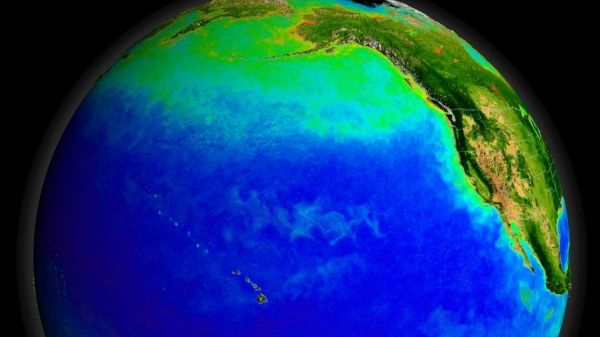New research reveals significant changes to the circulation of the North Pacific and its impact on the initial migration of humans from Asia to North America.
The international study, led by the University of St. Andrews in Scotland and published Dec. 9 in Science Advances, provides a new picture of the circulation and climate of the North Pacific at the end of the last ice age, with implications for early human migration.
The Pacific Ocean contains around half the water in Earth’s oceans and is a vast reservoir of heat and carbon dioxide. However, at present, the sluggish circulation of the North Pacific restricts the movement of this heat and carbon dioxide, limiting its impact on climate.
Continue reading at University of Washington
Image via University of Washington


